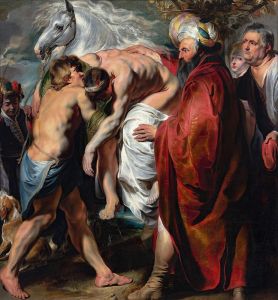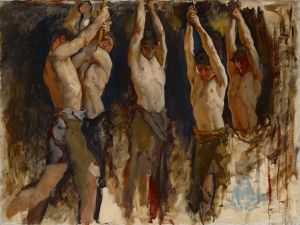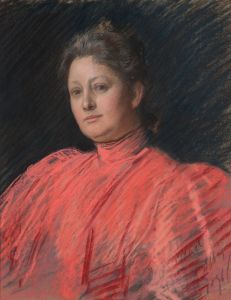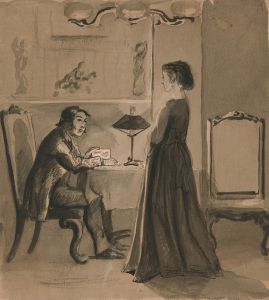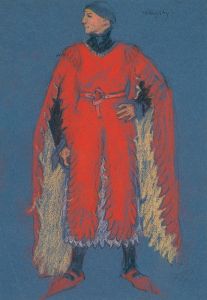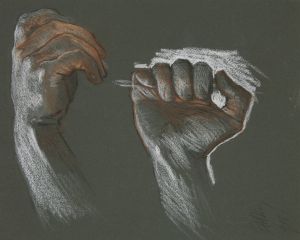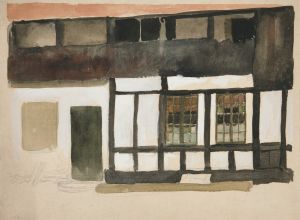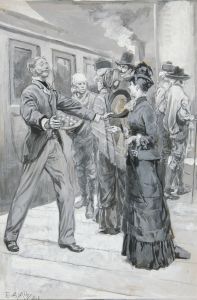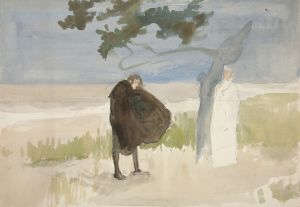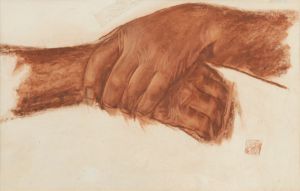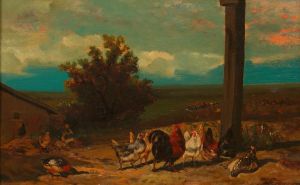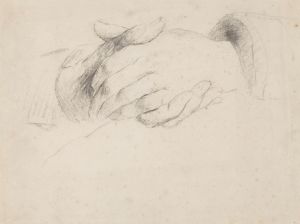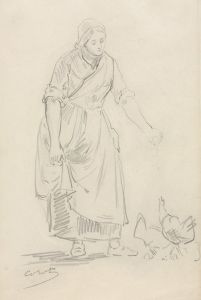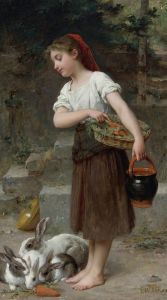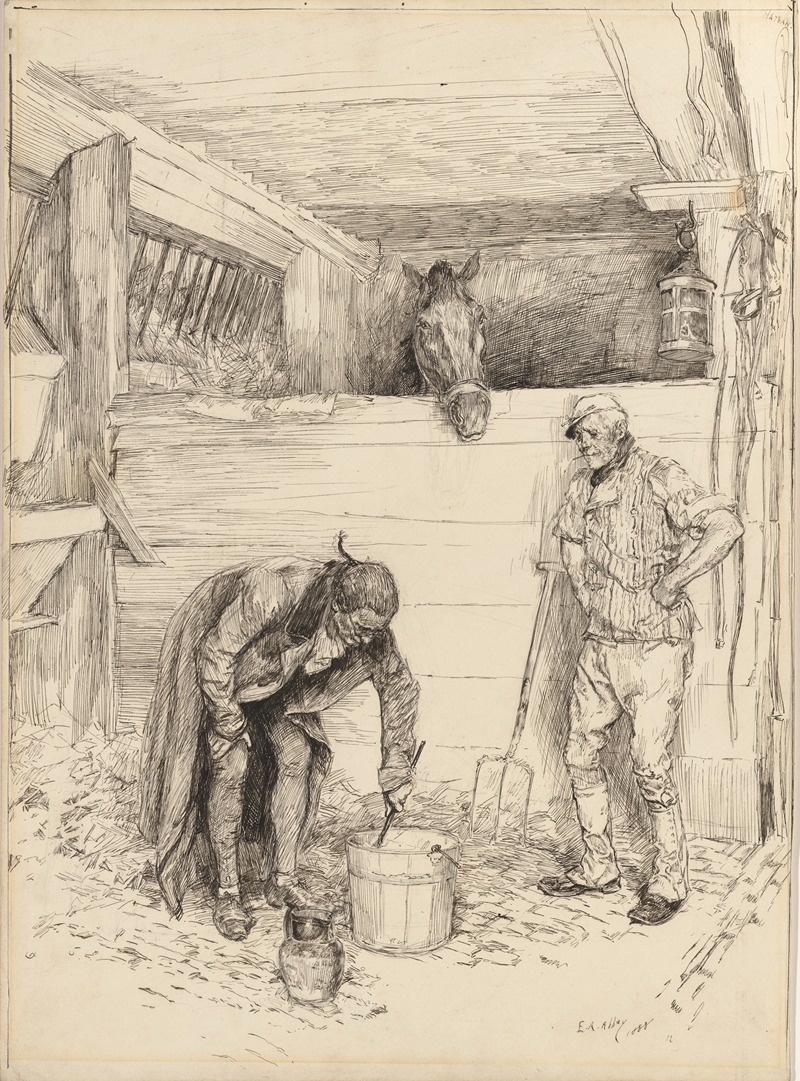
‘And none knew why he fed them both with his own hands’
A hand-painted replica of Edwin Austin Abbey’s masterpiece ‘And none knew why he fed them both with his own hands’, meticulously crafted by professional artists to capture the true essence of the original. Each piece is created with museum-quality canvas and rare mineral pigments, carefully painted by experienced artists with delicate brushstrokes and rich, layered colors to perfectly recreate the texture of the original artwork. Unlike machine-printed reproductions, this hand-painted version brings the painting to life, infused with the artist’s emotions and skill in every stroke. Whether for personal collection or home decoration, it instantly elevates the artistic atmosphere of any space.
Edwin Austin Abbey's painting And none knew why he fed them both with his own hands is a notable work by the American artist, who was renowned for his historical and literary-themed artworks. This painting, completed in 1905, is part of Abbey's exploration of medieval and romantic themes, often inspired by literature, history, and legend. The title of the painting is derived from Alfred, Lord Tennyson's poem Idylls of the King, a series of narrative poems based on the Arthurian legends.
The scene depicted in the painting is drawn from Tennyson's retelling of the story of King Arthur and his knights. Specifically, it illustrates a moment from the tale of Sir Percivale, one of the knights of the Round Table. In this part of the narrative, Sir Percivale encounters a mysterious hermit who cares for two animals—a lion and a lamb—feeding them both with his own hands. The act symbolizes themes of peace, harmony, and the reconciliation of opposites, which are central to the Arthurian legends and Tennyson's poetic vision.
Abbey's painting is characterized by its meticulous attention to detail and its evocative use of light and color. The composition reflects Abbey's deep understanding of medieval aesthetics, with carefully rendered costumes, architecture, and natural elements that immerse the viewer in the historical and legendary setting. The lion and the lamb, central to the symbolism of the painting, are depicted with a sense of realism and tenderness, emphasizing the allegorical nature of the scene.
The painting was created during Abbey's time in England, where he spent much of his career. Abbey was a member of the Royal Academy and was highly regarded for his ability to bring literary and historical subjects to life through his art. His works often drew upon the traditions of the Pre-Raphaelite Brotherhood and other 19th-century movements that sought to revive interest in medieval and romantic themes.
And none knew why he fed them both with his own hands is housed in the Yale University Art Gallery in New Haven, Connecticut. It remains an important example of Abbey's artistic legacy and his contribution to the visual interpretation of literary works. The painting continues to be appreciated for its technical skill, narrative depth, and the way it captures the spirit of Tennyson's poetry.





